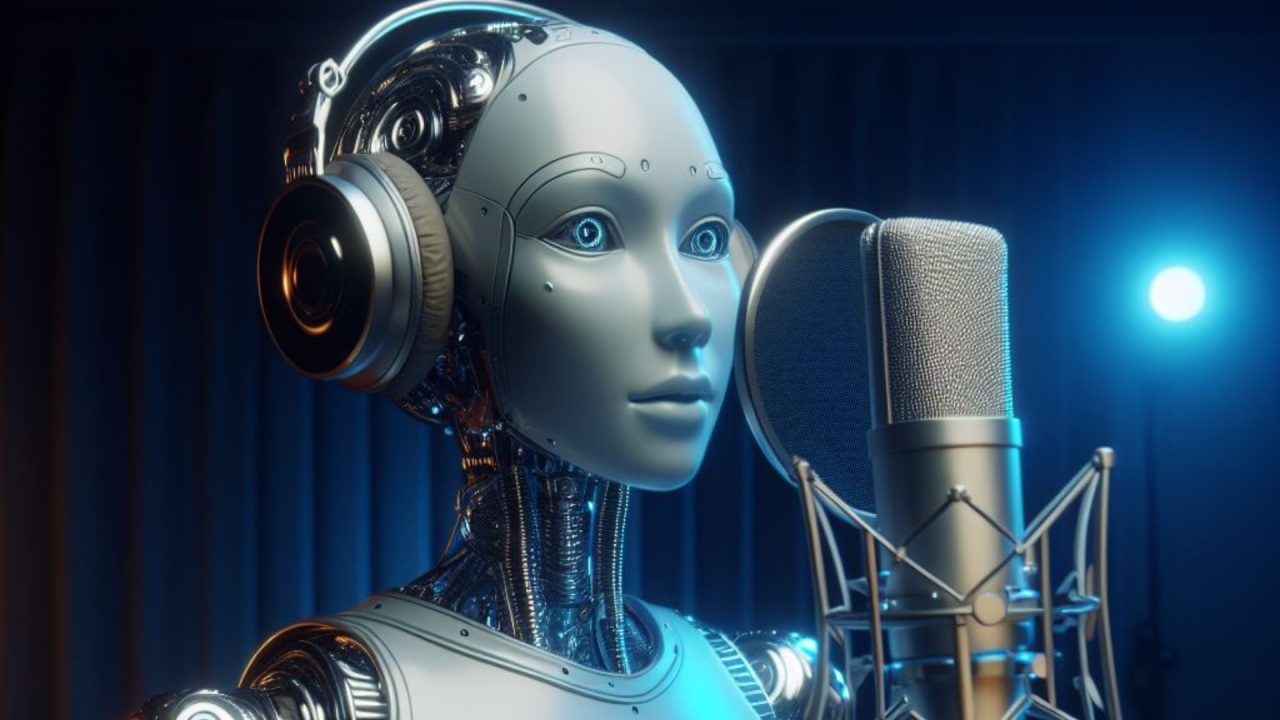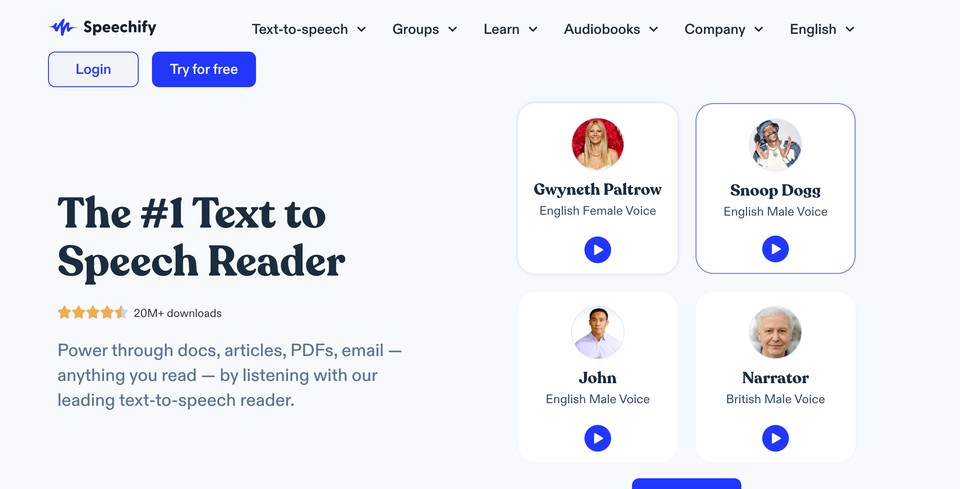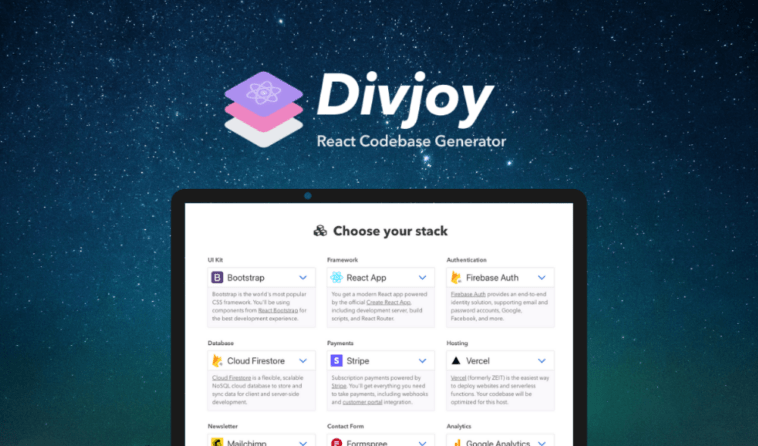Evolution of AI in Transcription
From Manual to Automated
The transition from manual to automated transcription has been a game-changer in numerous industries, enabling faster, more efficient processing of audio to text. Initially, transcription required intensive labor, with individuals manually typing out conversations, speeches, and interviews.
The advent of AI has revolutionized this process, making it possible to convert speech to text automatically with minimal human intervention. This shift has not only saved countless hours of work but also increased accessibility and productivity across fields such as journalism, law, and healthcare.
Technological Milestones
The evolution of AI in transcription is marked by several key technological milestones. Early attempts at speech recognition were rudimentary, often limited by the technology’s ability to understand complex vocabularies and accents.
Over time, improvements in machine learning algorithms and the advent of deep neural networks have drastically enhanced the accuracy and speed of speech recognition systems. Today, AI transcription services can accurately process multiple languages and dialects, recognize context, and even understand industry-specific terminology.
How AI Transcription Works
Speech Recognition Basics
At the heart of AI transcription is speech recognition technology, which allows computers to convert spoken language into text. This process involves the analysis of audio signals to identify and segment speech sounds, converting them into a sequence of words using complex algorithms. Speech recognition systems are trained on vast datasets of spoken language, allowing them to learn and predict language patterns accurately.
Converting Speech to Text
The conversion of speech to text by AI involves several stages, including preprocessing the audio to reduce noise, breaking down speech into phonetic components, and matching these sounds to words and phrases based on learned language models. Advanced AI systems further refine this output, correcting grammatical errors and ensuring the text accurately reflects the spoken content including punctuation and formatting.
Key Features of AI Transcription Services
Real-Time Transcription
One of the standout features of modern AI transcription services is the ability to transcribe audio in real time. This capability is particularly valuable in settings like conferences, lectures, and live broadcasts, where immediate text versions of spoken content are beneficial for audience engagement and accessibility.
Multilingual Support
AI-driven transcription services now boast support for a broad range of languages and dialects, making them versatile tools for global use. This feature is crucial for international businesses, educational institutions, and media outlets that operate in multilingual environments.
Platform Integration
Today’s AI transcription services are designed to integrate seamlessly with various platforms and tools, including video conferencing software, digital audio recorders, and content management systems. This integration facilitates a smooth workflow, allowing users to easily upload, transcribe, and manage their audio and text files within familiar environments.
Future Directions
Natural Language Processing Enhancements
The future of AI transcription looks promising, with ongoing advancements in natural language processing (NLP). These enhancements aim to improve the understanding of context, idioms, and nuanced language, enabling even more accurate and human-like transcriptions.
Deep Learning Contributions
Deep learning technologies continue to play a pivotal role in advancing AI transcription services. By leveraging complex neural networks, these systems learn from vast amounts of data, improving their ability to recognize speech patterns, accents, and even non-verbal vocal cues. This ongoing development promises to further refine the accuracy and reliability of automatic transcription, making it an indispensable tool in our digital world.







Add Comment